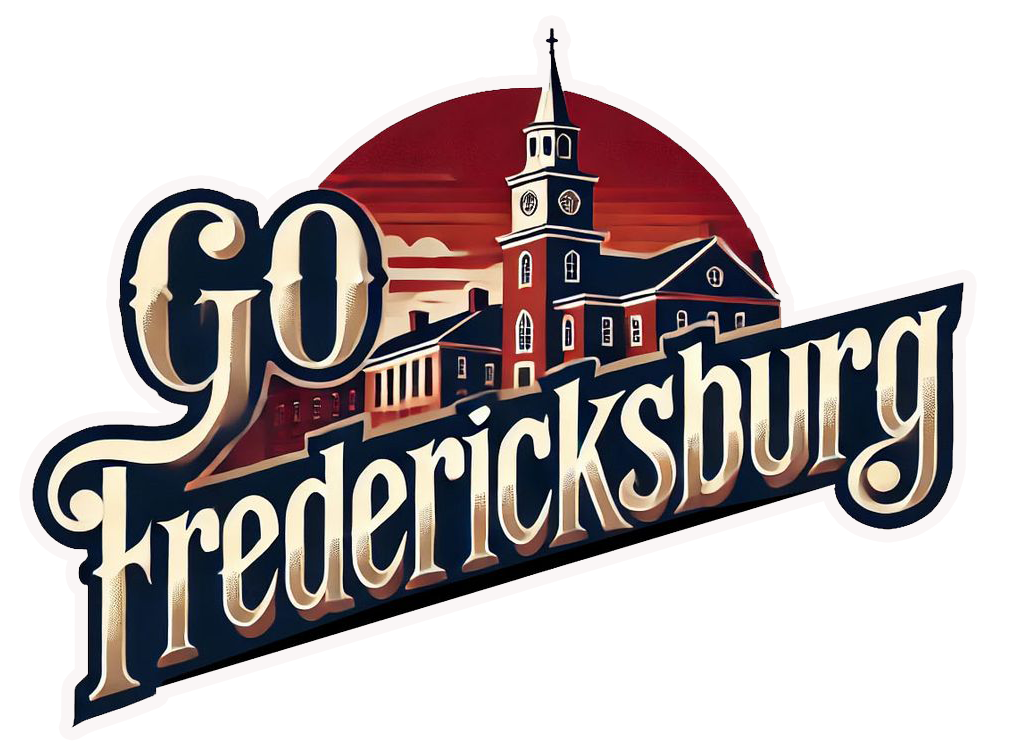On the third Sunday of July each year, Americans celebrate a deliciously official holiday that brings smiles to faces across the nation. National Ice Cream Day, established by Presidential Proclamation in 1984 under Ronald Reagan, honors America’s favorite frozen dessert and the dairy industry that produces it.
Reagan’s declaration recognized ice cream as “a nutritious and wholesome food enjoyed by over ninety percent of the people in the United States,” cementing its status as not just a treat but a cultural institution.
Scoop Up the Fun: National Ice Cream Day Returns July 20
This year, the celebration falls on July 20, continuing a sweet tradition that has endured for nearly four decades. What began as a presidential nod to the dairy industry has evolved into a nationwide celebration that inspires special promotions, family outings, and social media posts featuring colorful scoops and creative concoctions.
The proclamation didn’t just acknowledge America’s love for ice cream—it recognized how deeply this frozen treat is embedded in our national identity, from neighborhood ice cream trucks to family gatherings where homemade ice cream brings generations together.
The story of ice cream stretches back far beyond American shores, with origins dating to ancient China between 618 and 97 AD. These early frozen treats bore little resemblance to modern ice cream, featuring ingredients like buffalo milk, flour, and camphor.
As the concept traveled westward, it evolved through different cultures and cuisines. Even Alexander the Great was known to enjoy snow flavored with nectar and honey, while Biblical accounts mention King Solomon savoring iced drinks during harvest season.
The journey to America took a significant turn when Marco Polo returned from the Far East with recipes for sherbet-like desserts. By the 1660s, refined versions called “Cream Ice” were being served to European nobility. The first documented mention of ice cream in America appears in a 1744 letter from Maryland, and by the time of the American Revolution, it had become increasingly popular.
The 19th century witnessed the transformation of ice cream from a luxury to an everyday treat, with commercial production commencing in Boston in 1851. This global journey—from ancient Chinese royal courts to American ice cream parlors—reflects how cultures throughout history have shared a universal affection for frozen desserts, each adding its own innovations along the way.
When National Ice Cream Day arrives, Americans celebrate with enthusiasm that would make President Reagan proud. Ice cream shops nationwide offer special promotions, from discounted scoops to buy-one-get-one deals, turning the day into an unofficial holiday for businesses and consumers alike.
Major chains like Baskin-Robbins, Ben & Jerry’s, and local parlors see lines stretching out their doors as families make celebrating a summer tradition. Social media feeds become filled with colorful photos of elaborate sundaes and artisanal creations that showcase America’s creative approach to this classic dessert.
Celebrating the Industry Behind the Scoop
Vanilla remains America’s most beloved flavor, capturing 29% of sales, though regional preferences reveal America’s diverse tastes. New England favors coffee ice cream, while the Midwest prefers chocolate, and the South enjoys butter pecan. Consumption patterns show Americans collectively consuming nearly 900 million gallons annually, with the average person enjoying 48 pints each year.
Interestingly, Long Beach, California, leads the nation in ice cream consumption. What began as a presidential proclamation has become a genuine cultural moment—a day when Americans collectively partake in a simple pleasure that crosses all demographic boundaries.
The numbers behind America’s ice cream obsession reveal a nation truly devoted to frozen desserts. An astounding 90% of American households regularly consume ice cream, making it one of the most universally enjoyed foods in the country.
The economic impact is equally impressive—the ice cream industry contributes billions to the national economy and employs thousands of workers across manufacturing, agriculture, retail, and service sectors. From the dairy farmers producing milk to the truck drivers delivering products to your local supermarket freezer, ice cream creates a substantial economic ripple effect.
Beyond the economic data lie fascinating ice cream facts that showcase America’s unique relationship with this frozen treat. For instance, it takes approximately 50 licks to finish a single scoop of ice cream, and a dairy cow can produce enough milk in its lifetime to make 9,000 gallons of ice cream.
The ice cream cone, now inseparable from the American ice cream experience, wasn’t invented until 1904 at the St. Louis World’s Fair when an ice cream vendor ran out of dishes and partnered with a waffle maker to create an edible container.
Perhaps most telling about America’s dedication to ice cream: researchers have found that the brain of an ice cream lover shows similar activity patterns to those of someone experiencing addiction—scientific evidence of what many Americans already know: when it comes to ice cream, reluctance is futile.

